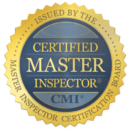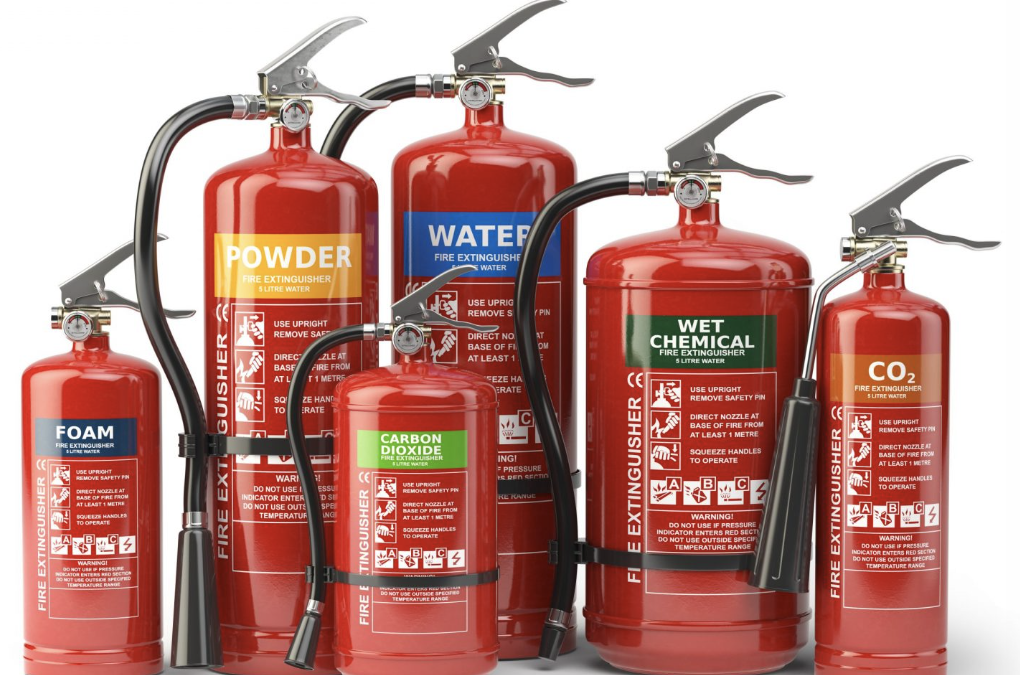Fire extinguishers are commonly found indoors and serve as a means to extinguish fires and prevent their spread. They are small metal canisters that contain a compressed gas, usually nitrogen, which propels a directed spray of flame-retardant chemicals when activated. It is important for building occupants to understand the proper use and placement of fire extinguishers.
Fire extinguishers are classified based on the type of fire they are effective against. These fires are categorized by their fuel source and assigned identifying letters: “A” for ordinary combustibles like wood and paper, “B” for combustible liquids such as gasoline and oil, “C” for electrical fires, “D” for combustible metals, and “K” for fires involving vegetable oils and animal fats in kitchens.
Fire extinguishers are also classified by the type of chemical agent they contain, such as dry chemical, carbon dioxide, water, and wet chemical. Each type is appropriate for different types of fires and it is important to use the right extinguisher for the right type of fire.
For proper inspection, fire extinguishers should be located within 30 feet of commercial cooking equipment that uses cooking oil or animal fat and within 75 feet of travel on every floor. The extinguishers should be in a visible and accessible location, not obstructed or obscured, and with a clear and readable pressure dial in the green or “charged” area. The pull pin should be securely fastened, the hose should be intact, and the body of the extinguisher should not have any visible dents or cracks. The fire extinguisher should be in its proper location and properly mounted. The label should be legible and easily readable.
Inspectors should not test fire extinguishers, determine the number of extinguishers needed or their ratings, or ignite or extinguish fires. The National Fire Protection Agency recommends that fire extinguishers be tested every 5 to 12 years depending on the type. It is important to regularly test and replace fire extinguishers to ensure they are in proper working order.





